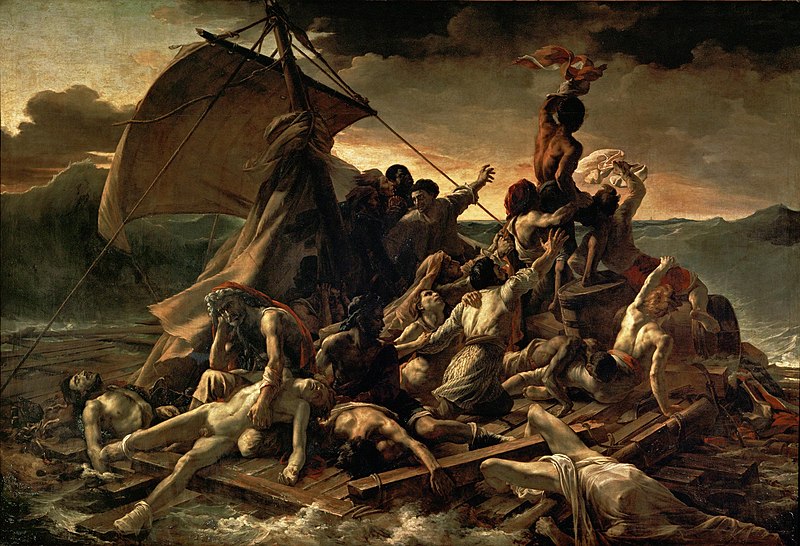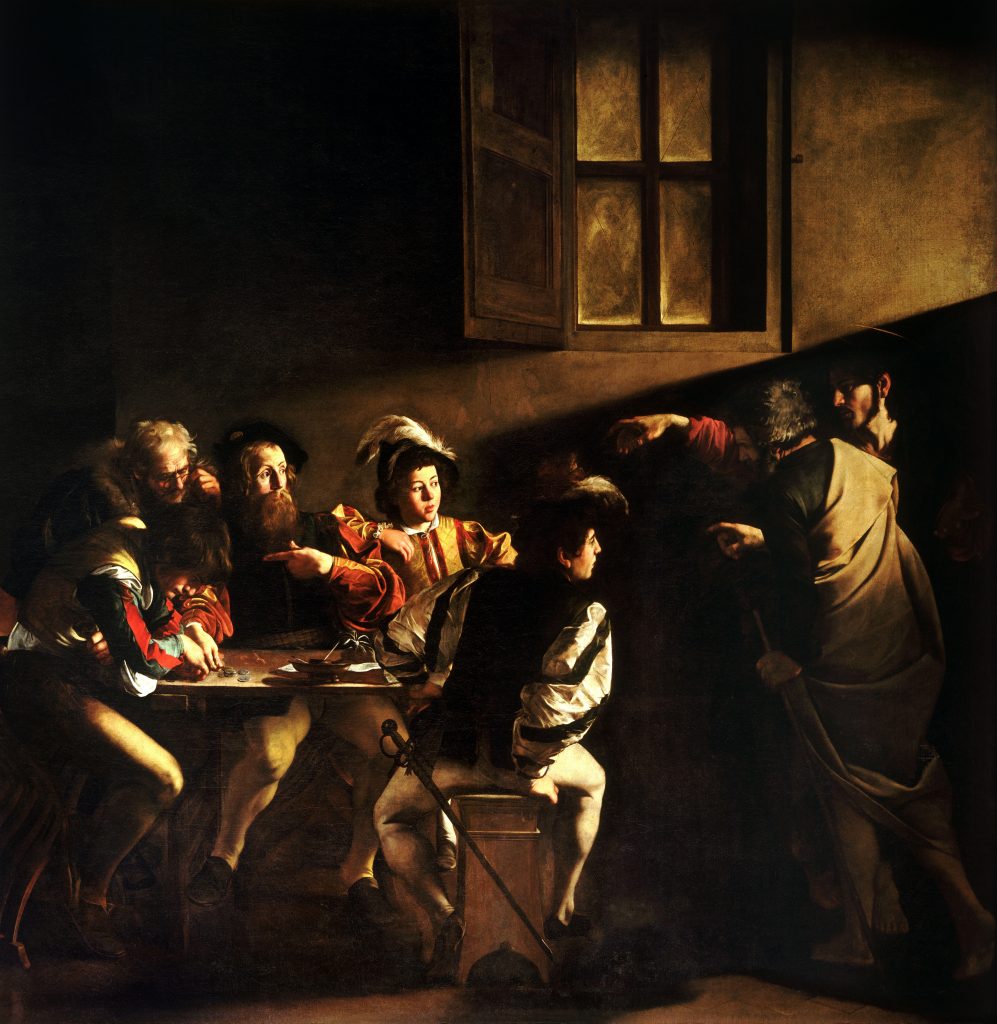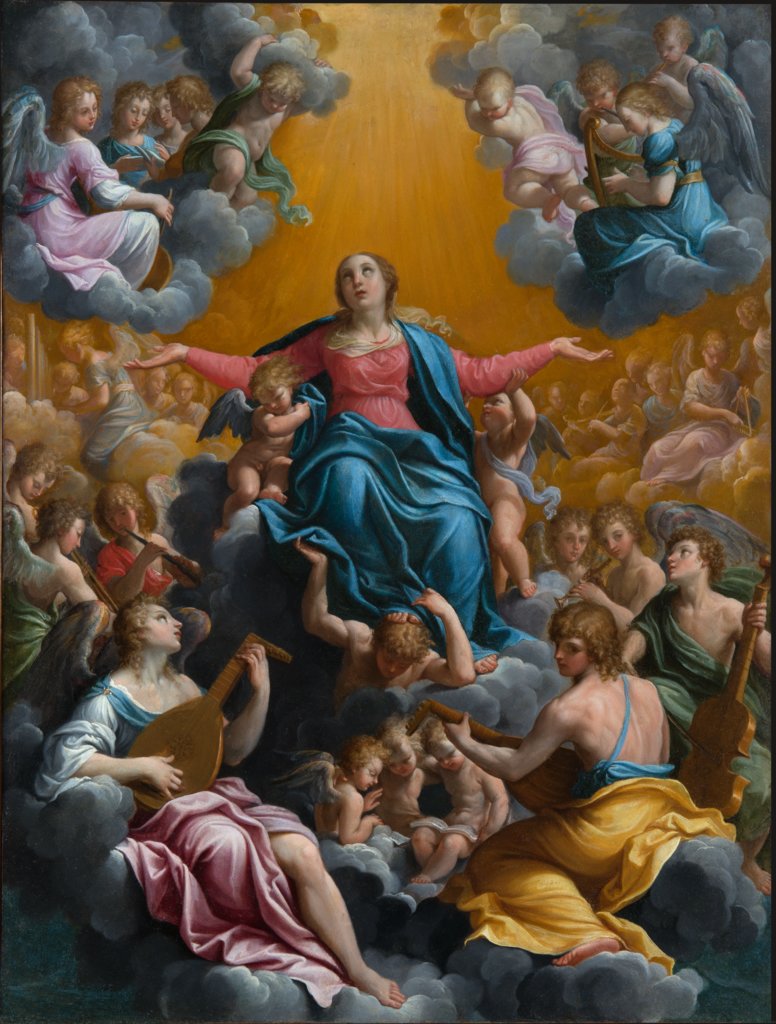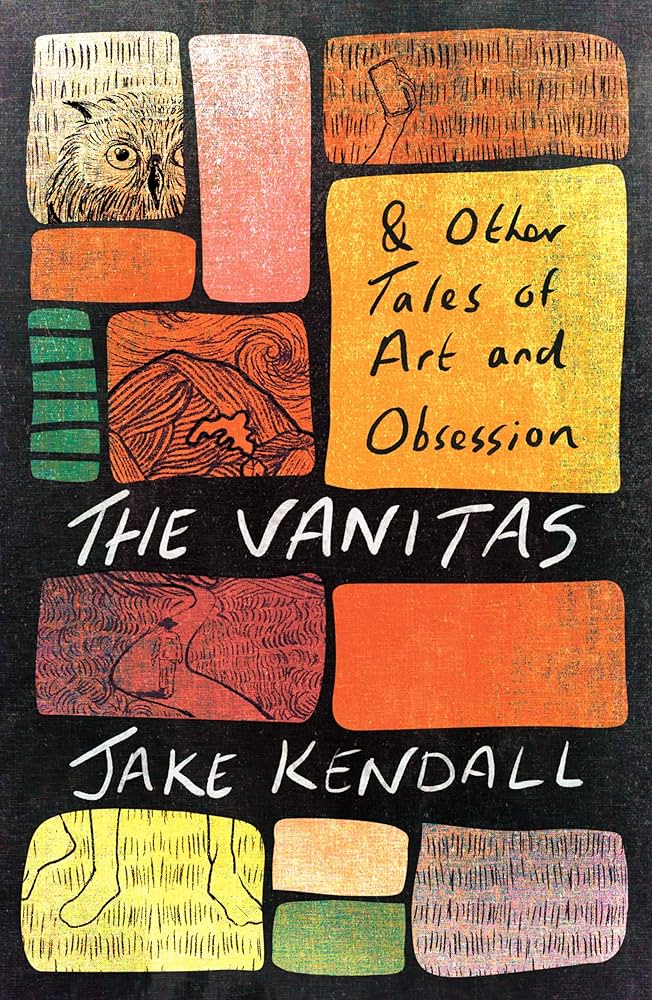Glitz and Glamour: New Edwardian Art Exhibition at Buckingham Palace, London
The King’s Gallery at Buckingham Palace, London, is hosting a new exhibition that brings visitors back to the rich and powerful Edwardian...
Edoardo Cesarino 14 April 2025
In his collection of short stories The Vanitas & Other Tales of Art and Obsession, debut author Jake Kendall revisits various iconic eras of art history as he explores the secret behind artistic inspiration—and how could some pursue it no matter the cost.
Kendall’s writing provokes questions: What does it mean to be an artist, to be remembered or immortalized through art? Conversely, what does art mean in our lives?
Each chapter features evocative black-and-white illustrations by Simona Slavova and Emily TahaBurt, with some on the book’s cover. They act as an intriguing window into each story as Kendall moves backward and forward in time through an alternative art universe.
The eight short stories compose a love letter to art. Each tale has a writing style aligned with the art history concerned. Together, they bring out variegated voices that convert the visible traits of, say, a Cubism movement into elements of narrative, which in that case, stand for narrative fragments.
But historical authenticity remains strong throughout, particularly in stories dealing with real-life tragedy such as The Raft of the Medusa.

Théodore Géricault, The Raft of the Medusa, 1818-1819, The Louvre, Paris, France.
The narration convinces us in a way that you are often unaware of instances when its products stay completely in the realm of fiction. There is a certain encounter a protagonist has with an artist that did have me uneasily googling… Thankfully, that particular tale is confined entirely to the imagination!
Kendall’s blurring of reality and fiction turns out to be a feat of writerly control, for these tales of art and obsession are meant to prompt further questions.
What is a “true depiction”, and does the artist have a duty to portray it in their work? Does the truth ever matter when it comes to art?

Caravaggio, The Calling of St. Matthew, 1599-1600, San Luigi dei Francesi, Rome, Italy. Wikimedia Commons (public domain).
The truth, when discovered, is too ugly a thing to paint.
The Vanitas & Other Tales of Art and Obsession, Neem Tree Press, 2024, p.51.
Besides contemplating the afterlife of art, the idea of art as a consuming force prevails when Sandro Signorelli, a struggling artist in 1600s Rome, forms an imaginary rivalry with Caravaggio cast as a rising star.
As the book meditates further about hypothetical conversations between art masters, it comes to show that rich, dark themes are aplenty. Defying chronological time, Signorelli attempts to outshine works such as Reni’s The Calling of St Matthew with his own take on The Assumption of Mary. In another instance, shades of The Picture of Dorian Gray come to mind as Sandro loses himself in jealousy and obsession.
In the end, there is the eponymous “The Vanitas.” Arguably a standout piece from this collection, the tale’s title derives from both biblical origins and a genre of still life. The latter, known by the same name or memento mori, introduces the notion of “a visual reminder of mortality,” which will come into play against the backdrop of Rome at a pivotal moment in art history.

Guido Reni, Assumption of the Virgin, ca. 1598 – 1599, Städel Museum, Frankfurt, Germany.
Balancing variety with veracity, The Vanitas & Other Tales of Art and Obsession by Jake Kendall would be a compelling read for art newcomers and aficionados alike.
The Vanitas & Other Tales of Art and Obsession is published by Neem Tree Press.

Book cover: The Vanitas & Other Tales of Art and Obsession. Publisher’s website.
DailyArt Magazine needs your support. Every contribution, however big or small, is very valuable for our future. Thanks to it, we will be able to sustain and grow the Magazine. Thank you for your help!